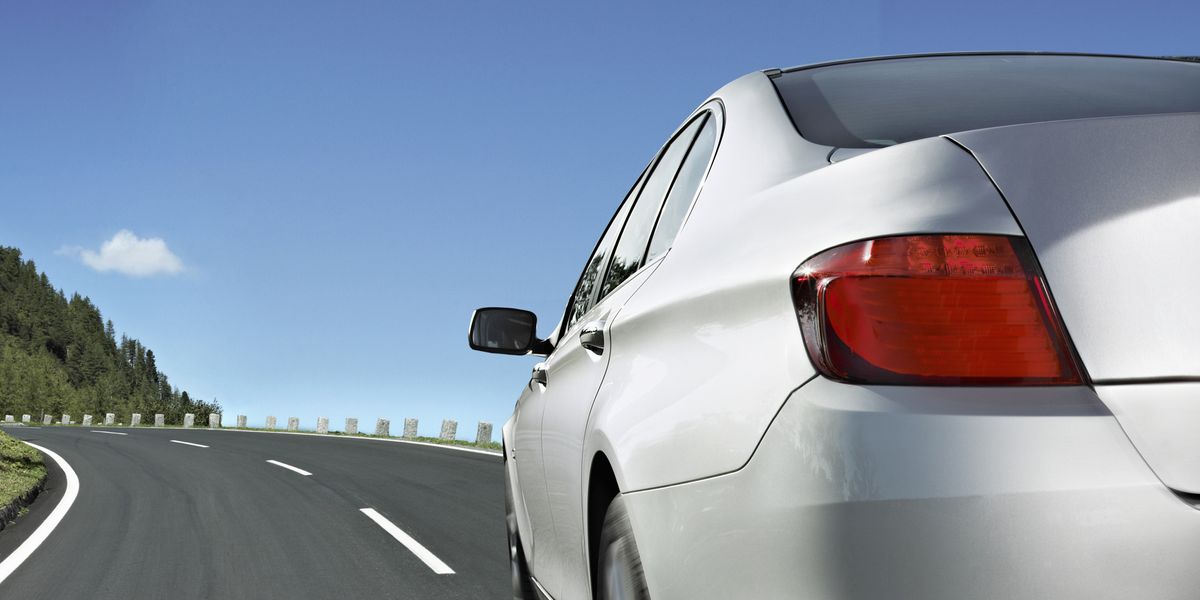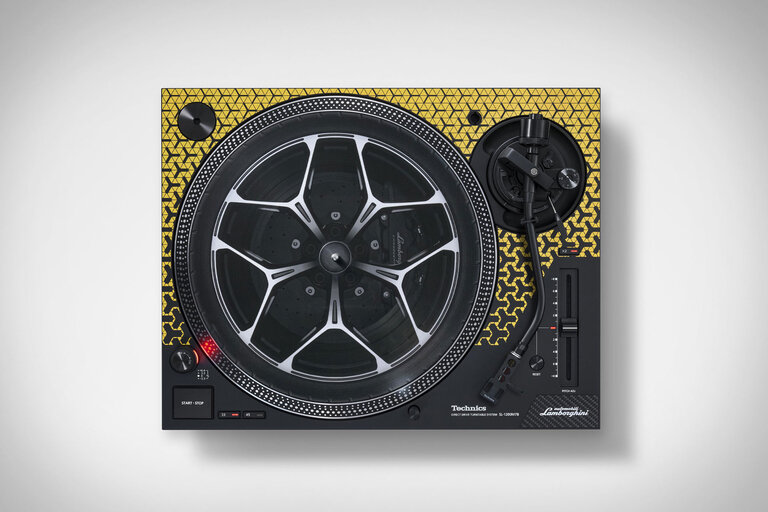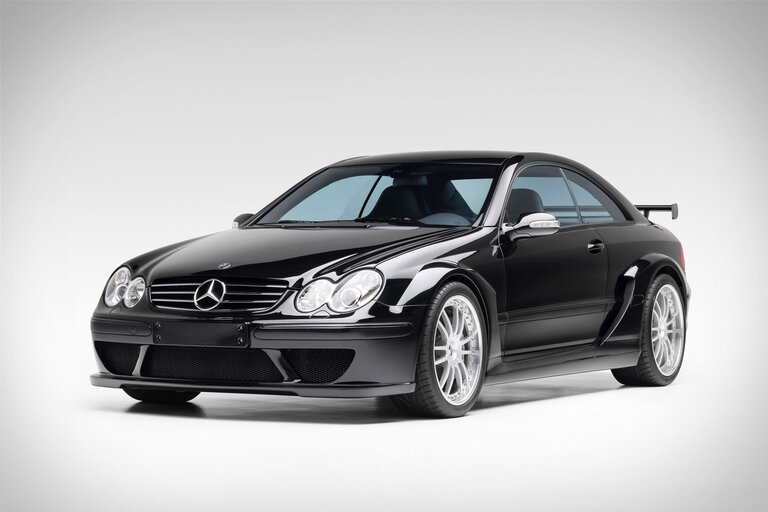
One of the first steps when getting a new car is making a down payment, which is why it’s essential to consider how much money you’re going to pay upfront on your purchase. The exact amount of your down payment depends on a variety of factors, and it can affect your overall financing. A down payment of 20% on a new car or 10% on a used car is usually sufficient, though your credit score can affect this.
The size of your down payment largely depends on the value of the vehicle you’re looking to purchase. This is why new and used cars often have different standard rates and why down payments are represented in terms of percentages.
A car depreciates significantly the second it’s driven off the lot, and about 20% of its value is lost after the first year. Therefore, it’s only natural that down payments for used cars are less than down payments for new cars.
While the 20% figure for new cars and 10% figure for used cars is fairly standard, they’re not set in stone as the amount you’ll be paying at the time of purchase. The right number for you depends on several factors, including the value of the car beyond whether it’s new or used.
The Upside Down
One of the most important outcomes to avoid when considering your down payment is being upside down on your loan. Being upside down on your vehicle means you owe more on your loan than the car is worth. This is why the 20% and 10% figures are generally considered minimums. Anything less, and you risk being upside down on your loan.
Being upside down can be especially burdensome considering you’re obligated to pay off that loan in its entirety. If you sell the vehicle, you’ll need to bridge that gap yourself. If you get in an accident or have your vehicle stolen, your car insurance coverage won’t cover the gap left in your loan if you’re upside down, unless you have added gap insurance to your policy.
What About Credit Scores?
Your credit score is likely going to be the first thing any lender looks at when determining loan conditions. Every time a lender pulls your credit rating, your overall score might decrease by five to 10 points. Your credit score can be completely independent of your ability to put down a big down payment, but it will still affect the conditions of your loan.
A low credit score’s impact on your loan conditions decreases as you put more money down. Lenders are always going to be hesitant to lend to someone with a low credit score, so a larger down payment can help make them feel as if you’re less risky.
Benefits of Large Down Payments
When you make a large down payment in proportion to the total value of the vehicle, you can enjoy a wide variety of benefits that wouldn’t otherwise be available. Remember, the 20% or 10% standard is the minimum, so it’s always going to be better for your loan terms to put down more than the minimum. These are some of the most important benefits of a large down payment:
Smaller Monthly Payments
The more you pay upfront, the less you’ll have to pay month to month. Imagine two loans with the same terms. The one with the larger down payment won’t have as much remaining over the loan’s time period. That makes it easier to cover the cost with smaller monthly payments, and it gives the lender less opportunity to charge interest.
Reduced Loan Term
Loan terms vary significantly, but typically last between two and eight years. If you make a large down payment, however, your loan term can be significantly shorter. The best thing you can do with debt is get rid of it as fast as possible, and being able to take a shorter loan term without affecting your monthly payments is always preferable. That’s typically only possible with a sizable down payment.
Less Interest
Interest is one of the most insidious aspects of taking any kind of loan. If you make a larger down payment and subsequently have smaller monthly payments and a reduced loan term, that means less time and money for your lender to collect interest on. Remember, financial planning for a car loan should include comparisons between overall costs — with interest included — when considering loan options.
No-Money-Down Loans
If money is tight and you really need a car, you might have to opt for a no-money-down loan, which is rare but still available at many dealerships. This type of loan is exactly what it sounds like: A vehicle loan that doesn’t require you to put any money down upfront.
The benefits of this deal are obvious, as it allows you to hold on to what money you have and get a car faster without having to wait for your savings to grow. The downsides, however, can be significant.
The negatives of no-money-down loans are greater than the benefits in most cases. Loans with no money down will require you to borrow the vehicle’s entire value from the lender, which means more money for them to claim back from you and charge interest on.
Because of this, monthly payments are often significantly higher. The increased risk also drives interest rates up compared to loans with larger down payments, so you’ll be paying much more overall.
With longer loan terms, higher payments, and higher interest rates, no-down-payment loans often force borrowers into an upside-down situation. Many loans with small down payments still turn upside down, so a loan with zero payment is even riskier.
You could be looking at potential repossession or becoming the victim of predatory lending. Always consider the risks before opting for a no-down-payment loan.
Protecting Yourself With No-Money-Down Loans
If you must take out a no-money-down loan, you can take a few steps to reduce your chances of going upside down. These tricks can help you put yourself in a better position:
- Get gap insurance: With gap insurance, you’ll have coverage for the difference between what you owe on your loan and what the car is worth if the car is stolen or totaled, eliminating the need to pay off your negative equity out-of-pocket.
- Buy low: With a no-money-down loan, it’s best to get a vehicle with a lower overall cost so you’ll have less to pay back. Consider looking for an older vehicle at the base trim level without many add-ons.
- Refinance: While you’re obligated to pay off your loan terms, you don’t have to stick with the terms you got at purchase. After you build your credit or pay down some of your loan, you can refinance for a better deal that will save you money.
- Trade in your old car: If you don’t have the money for a down payment but do have an old car to trade in, you can put that money directly into your new car. Use the trade-in as the down payment, and you’re likely to have better loan terms and enjoy some of the benefits of making a large down payment.
Saving for a Down Payment
The benefits of a down payment on your car are clear, but if you can’t yet reach that 10-20% minimum, you can still take steps to get there. First, do your research. Determine the value of any trade-in as well as the purchase price of the car you’re looking to buy.
If you have trouble controlling your spending, take advantage of automation tools that pull money from your checking account every week to put into savings. Making a portion of your money less accessible is often what it takes to ensure you’re saving enough to make a down payment on a car.
Lowering Monthly Car Payments
Lowering your monthly car payments is easier than you might think if you know where to start and are flexible with your expectations during the car search. Keep in mind the following tips you’ll need to implement prior to purchase to keep the monthly payments on your loan terms lower:
- Increase your credit score: Your credit score directly affects how much interest you’ll be paying on any loan, and credit report discrepancies play a major role in interest calculations. A credit score below 600 could have your interest percentage in the double digits, while a credit score of 750 or greater might offer interest rates lower than 5%.
- Shop around: Before you talk with lenders at a car dealership, shop around to get estimated term conditions from other banks, credit unions, and lenders in the area. With those estimates in hand, you’ll be in a better negotiating position with a dealership’s lender.
- Let go of high expectations: It’s easy to get enamored by some of the nice car models on the market. We love sports cars and luxury vehicles too, but they come at a steep price. Learning to settle for something without all the bells and whistles that will get the job done safely can help lower costs significantly.
Arm yourself with an understanding of down payments and how much you can realistically put down before embarking on your car-shopping journey. This knowledge can help the process go smoother and ensure you get a car you can afford.
Elizabeth Rivelli is a freelance writer with more than three years of experience covering personal finance and insurance. She has extensive knowledge of various insurance lines, including car insurance and property insurance. Her byline has appeared in dozens of online finance publications, like The Balance, Investopedia, Reviews.com, Forbes, and Bankrate.
#Car #Payment
Source link





